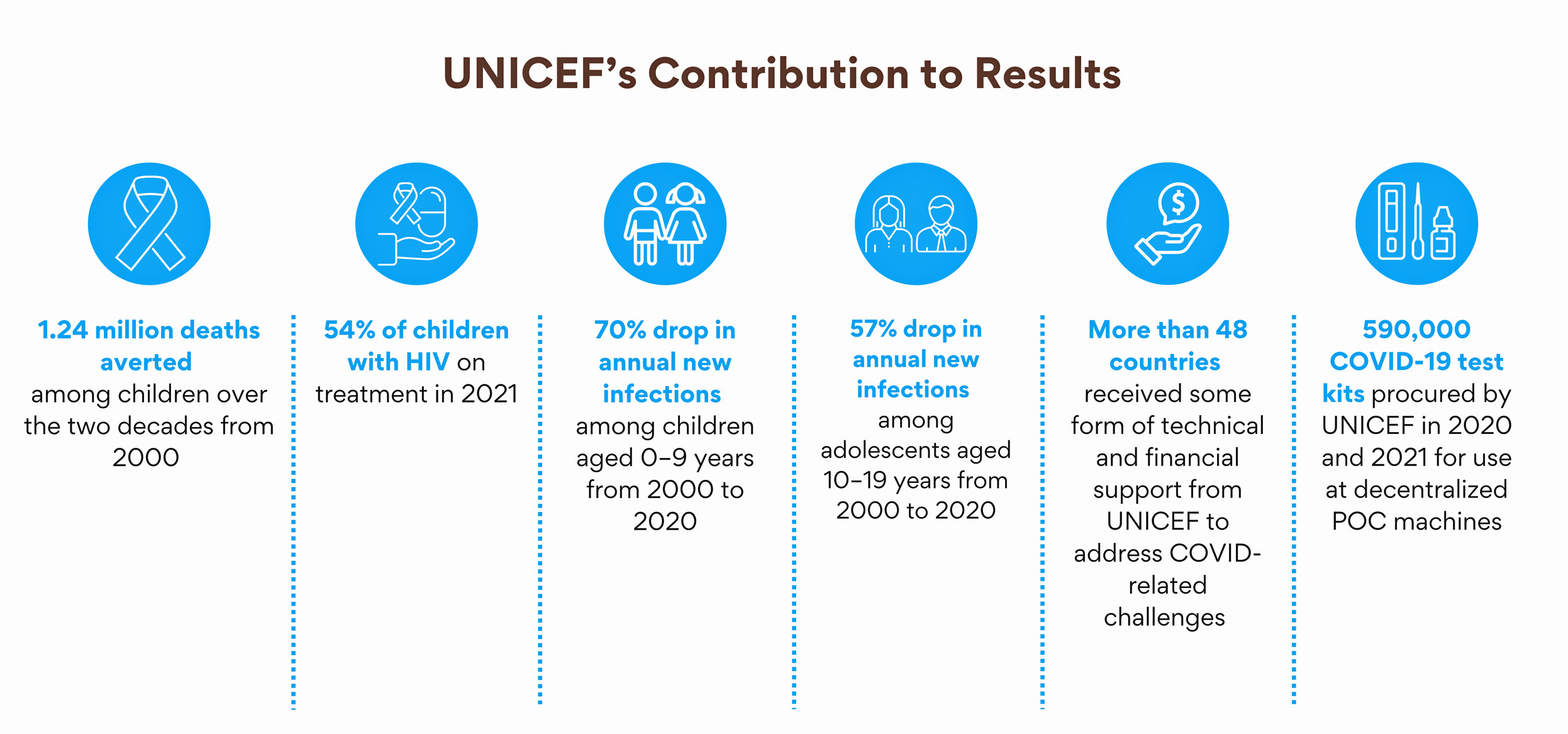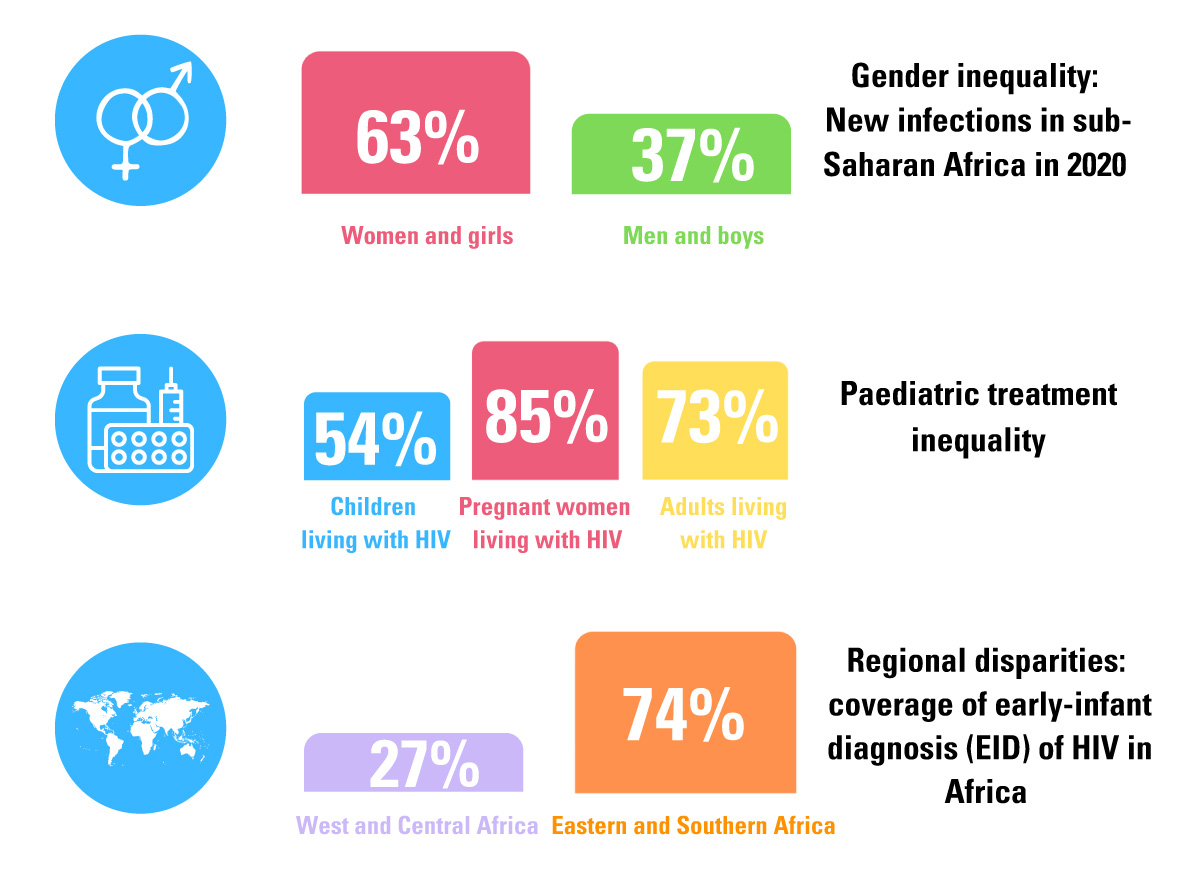For adolescent boys and girls, transitioning to adulthood means facing significant social, health and economic risks. These include a lack of economic opportunities, early marriage and pregnancy, sexually transmitted infections including HIV, violence, abuse and exploitation. To support a safe, healthy and productive passage to adulthood, the Tanzania Social Action Fund (TASAF), the Tanzania Commission for AIDS (TACAIDS), UNICEF and other key stakeholders have developed, implemented and evaluated an intervention where social protection and economic empowerment interventions are combined with sexual and reproductive health education and services as part of the Tanzanian government’s cash transfer programme, the Productive Social Safety Net (PSSN).
The resources available include a project brief with a summary of the programme components and impact evaluation, as well as research briefs and reports from the baseline, midline and third wave of data collection.

